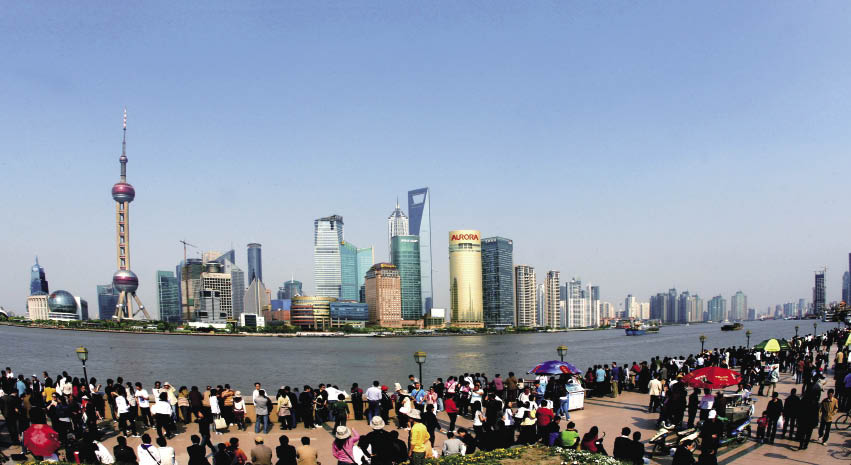|
 |
| The Bund by the Huangpu River. |
Despite, or perhaps because of, rapid growth and sudden high densities, today's cities are facing a series of developmental challenges such as spatial conflicts, cultural collisions, resource shortages and environmental degeneration. Without effective management controls, these problems will swiftly erode the quality of urban life. The problem of achieving a balanced quality of life in urban settlements amounts to resolving discord between man and nature, between man and man, and between spiritual and material desires. Such frictions, if left unattended, could arguably move us from a compromised existence to the degeneration of human civilization. Expo 2010 Shanghai proposes to demonstrate a "city of harmony," the basis for a "life of harmony," and to work out rubber-to-the-road feasible solutions for our cities.
Entries address three questions: What kind of city makes life better? What life styles make a city better? And what kind of urban development improves life on earth?
These quests and themes have run throughout the urbanization of mankind, but more than ever they are addressed in the planning and blueprint stages for future cities, rather than as hindsight about our urban challenges. Over past centuries, human beings have never stopped their search for models of harmonious cities, judged in every dimension of human life. A series of theories and propositions, from Utopia to Ledoux's Ideal City to the City on a Hill, to Paolo Soleri's Arcosanti and Howard's Garden City, all strove to redress certain imbalances, and achieve elegance and harmony in terms of space, order, and spiritual and material input and output.
The "Better City, Better Life" slogan drives a grand international gathering to explore the full potential of urban life as it might unfold in the 21st century. Participant displays will use the best of what we have on hand now to reach the outer limits of modeling a future urban environment. They'll exchange their experiences in urban development, encourage discussion on where we go from here, and just inspire us to explore new approaches to human habitat, lifestyle and working conditions. It is all within the context of creating an eco-friendly society while establishing what is really meant by sustainable development.
Lay of the Land
The Expo site was carefully planned. The Huangpu River, a tributary of the Yangtze, flows through Shanghai and divides the city into two areas – Pudong and Puxi. The Expo site spans both sides of the Huangpu River, with 3.93 square kilometers in Pudong and 1.35 square kilometers in Puxi, covering a total area of 5.28 square kilometers, including the enclosed area and external support facilities.
|
